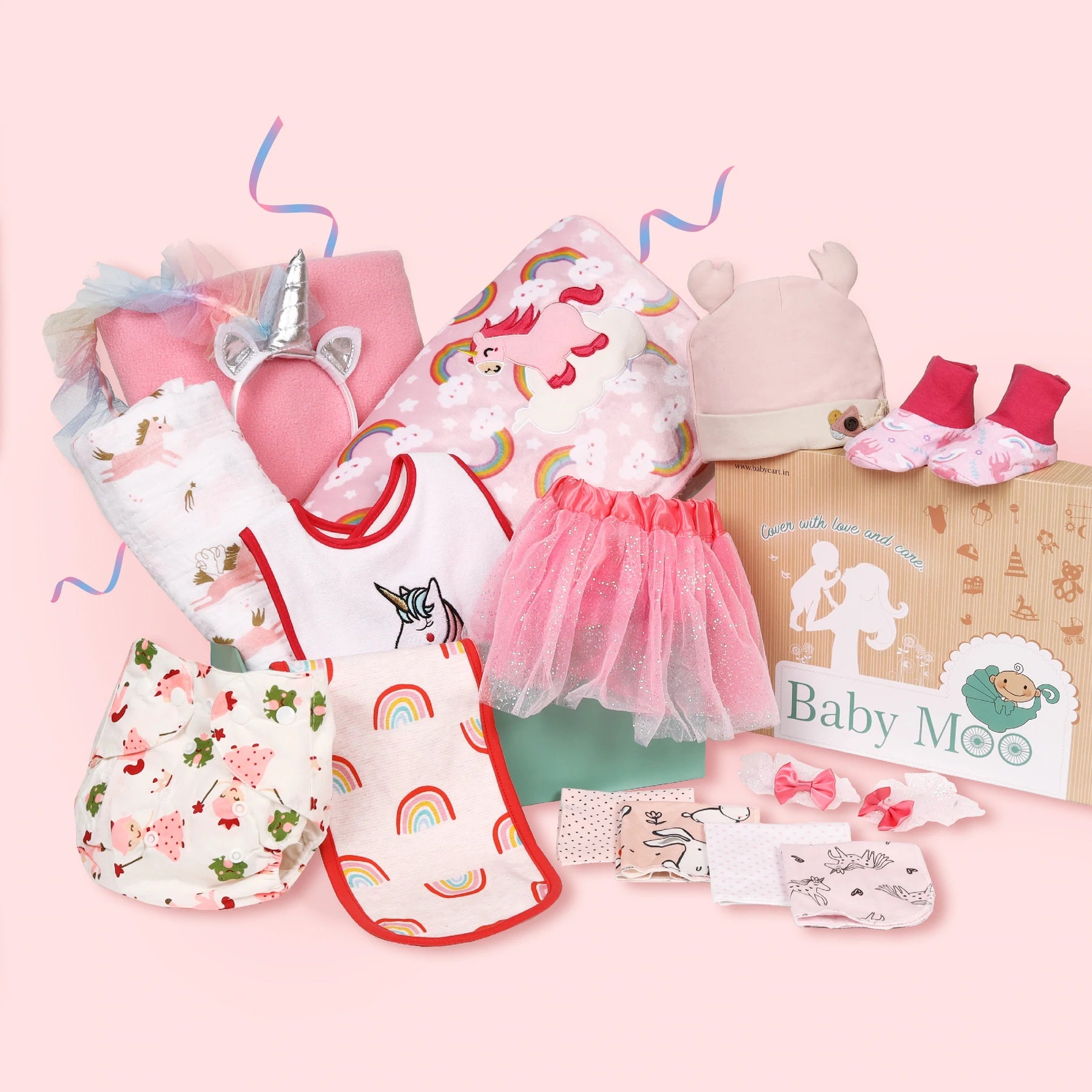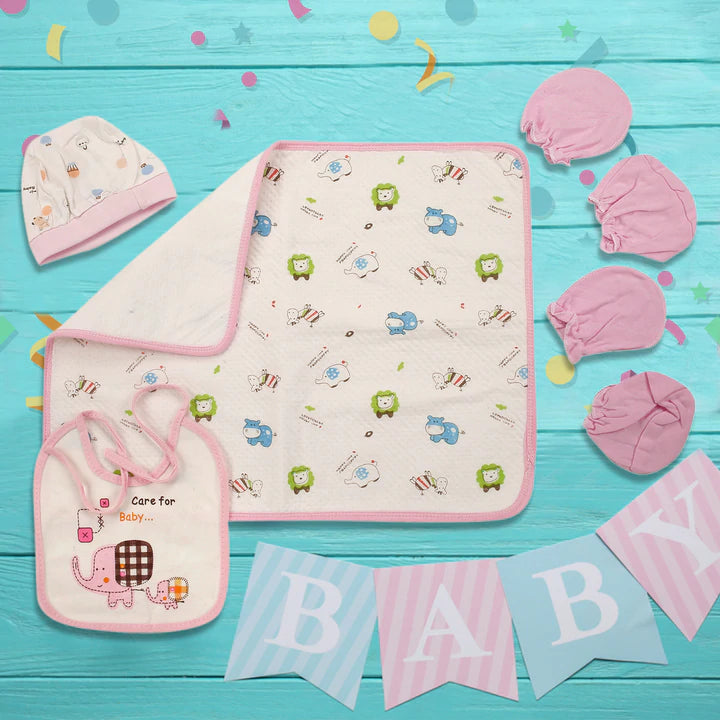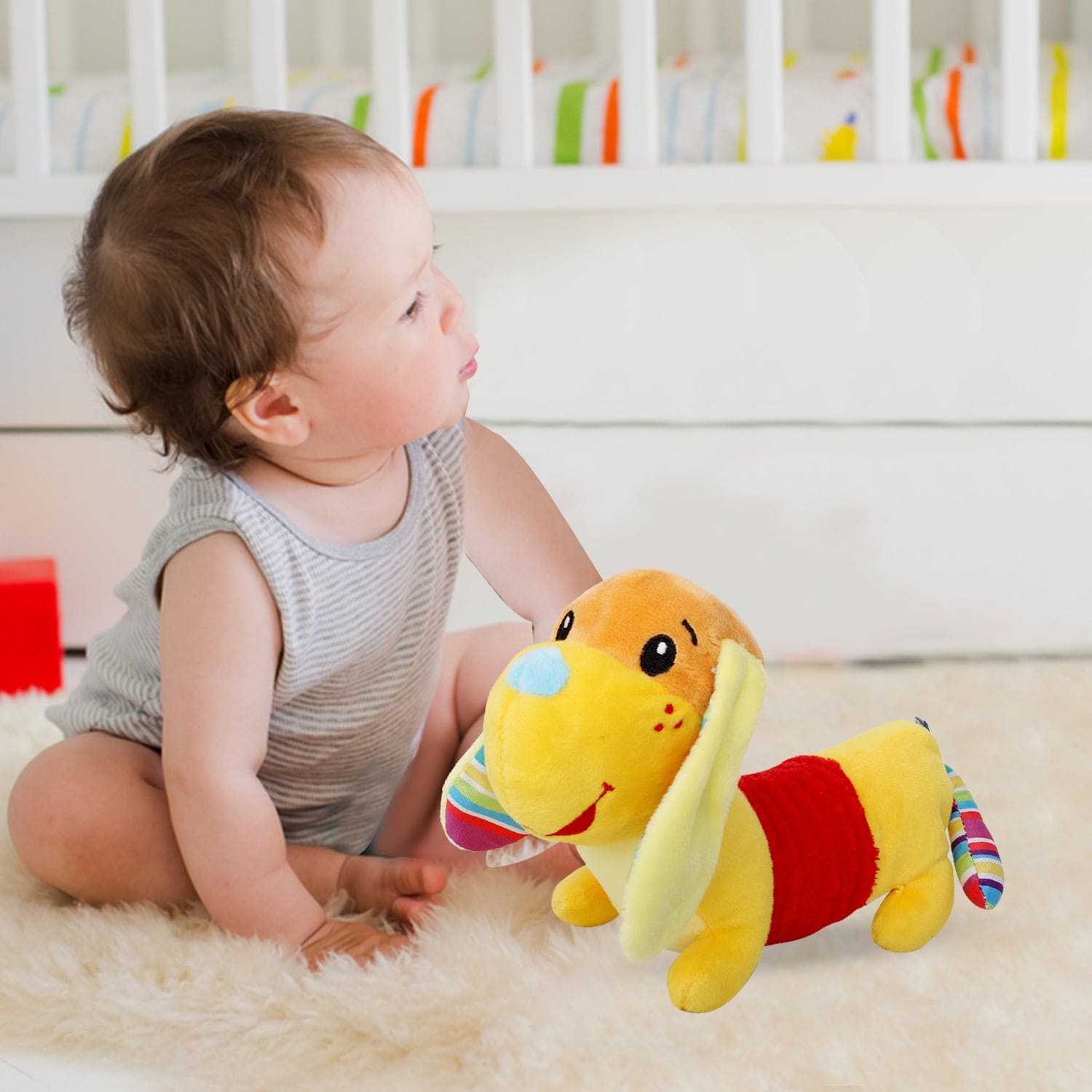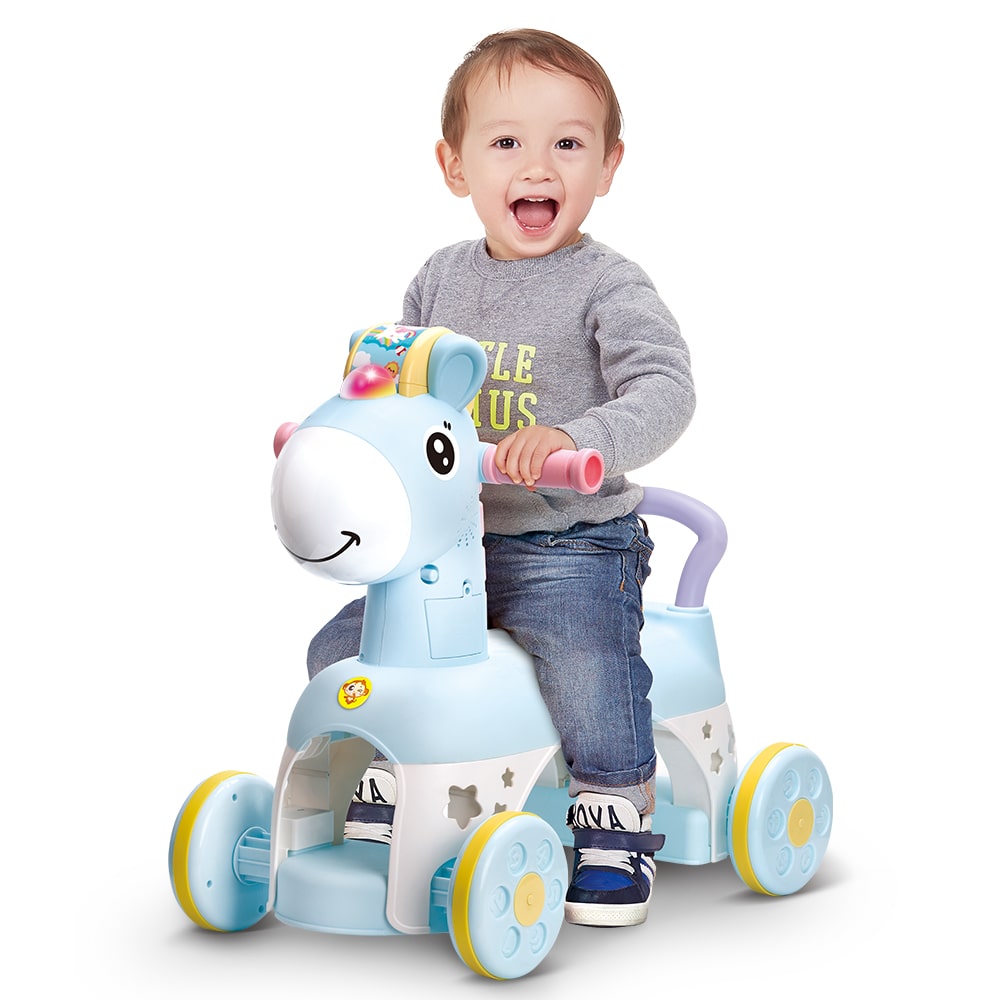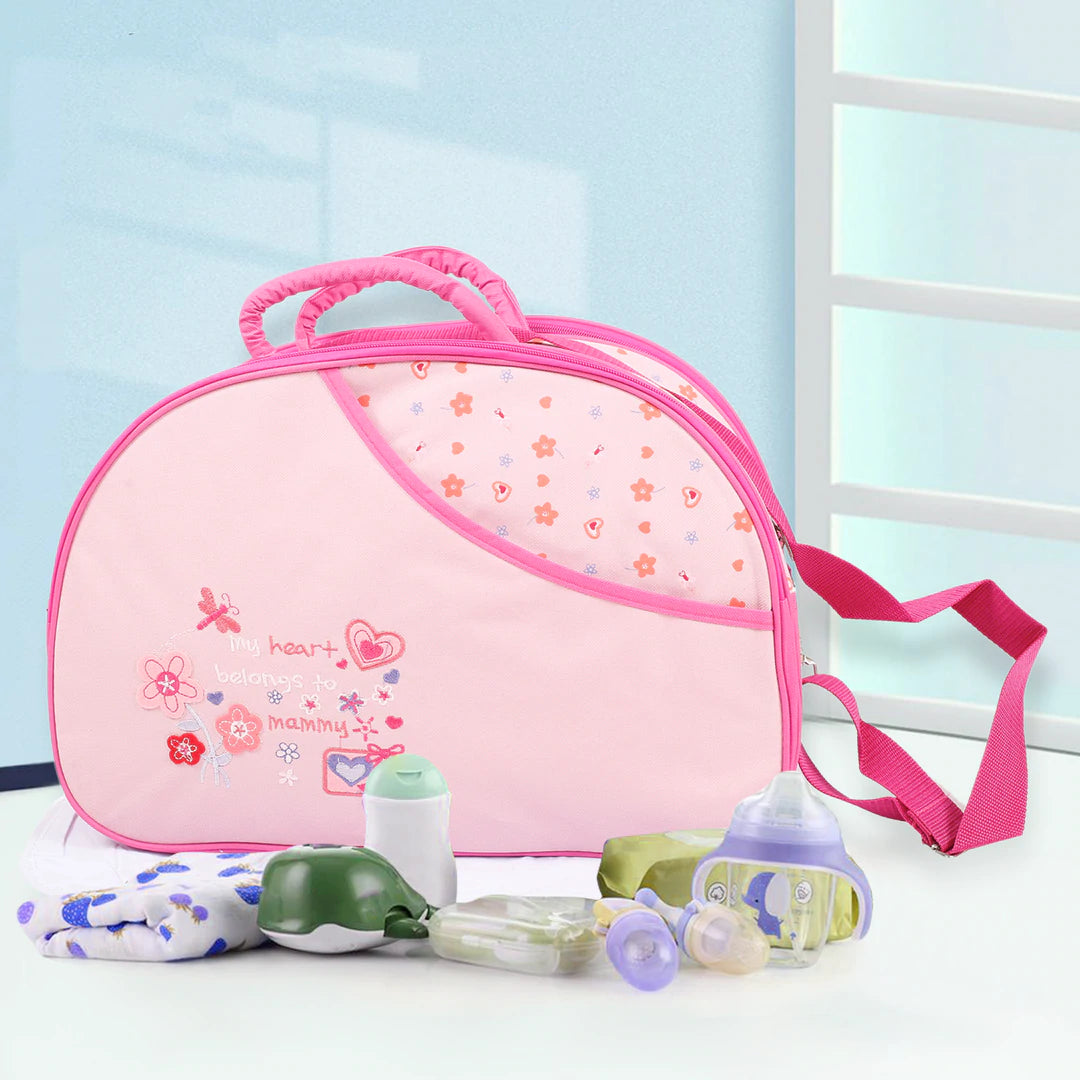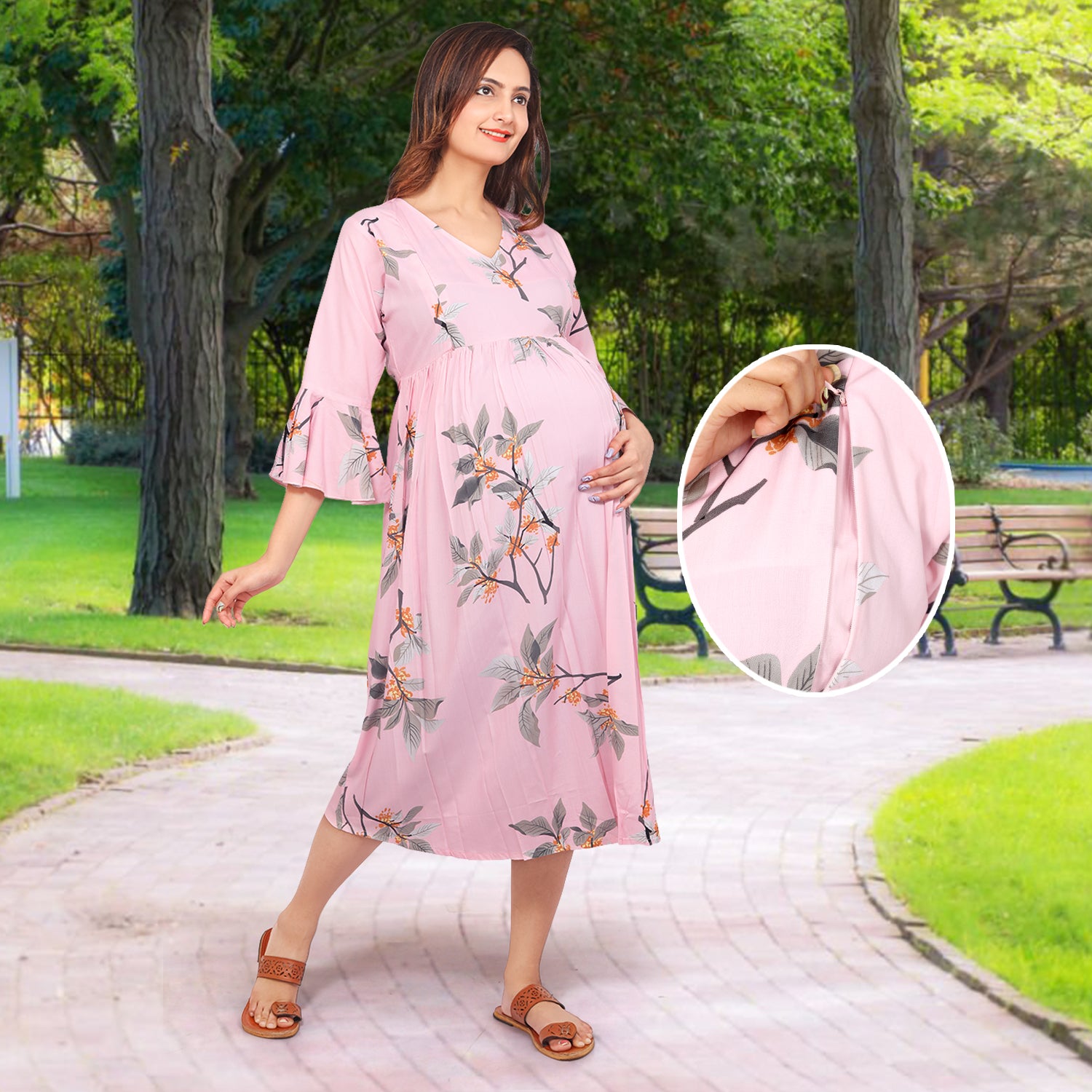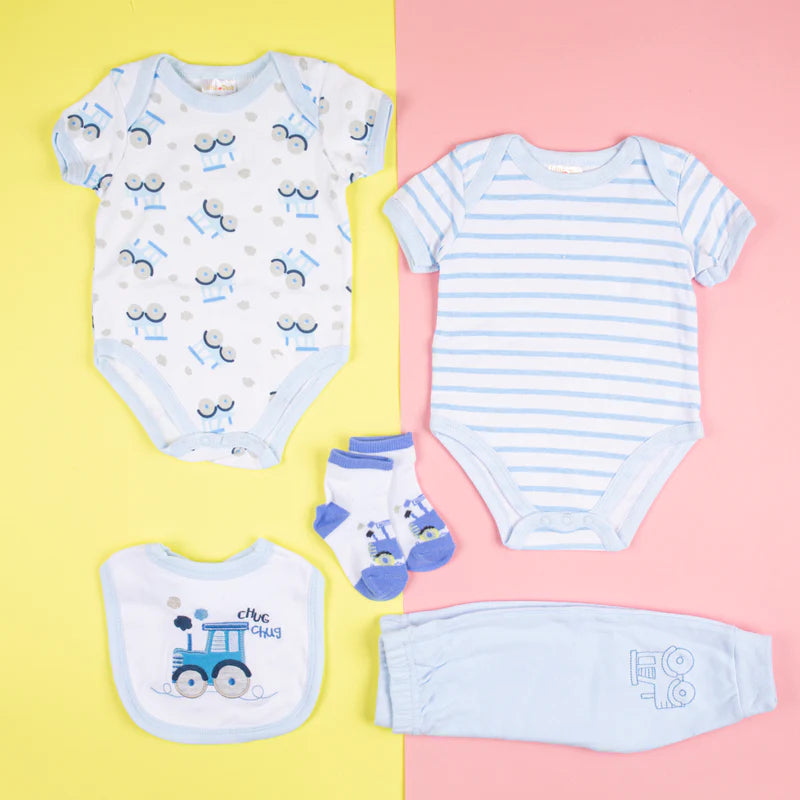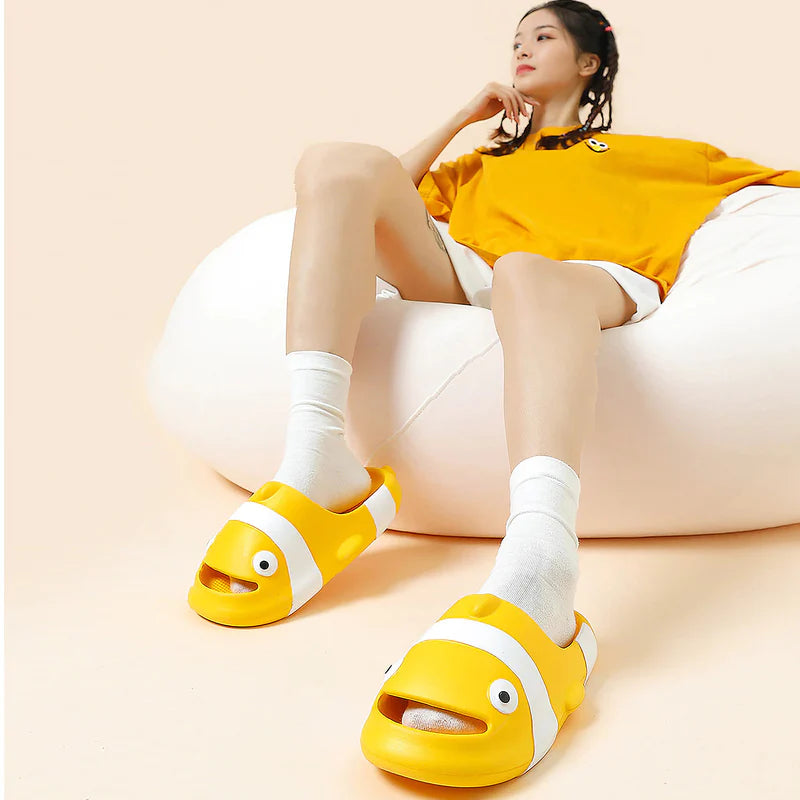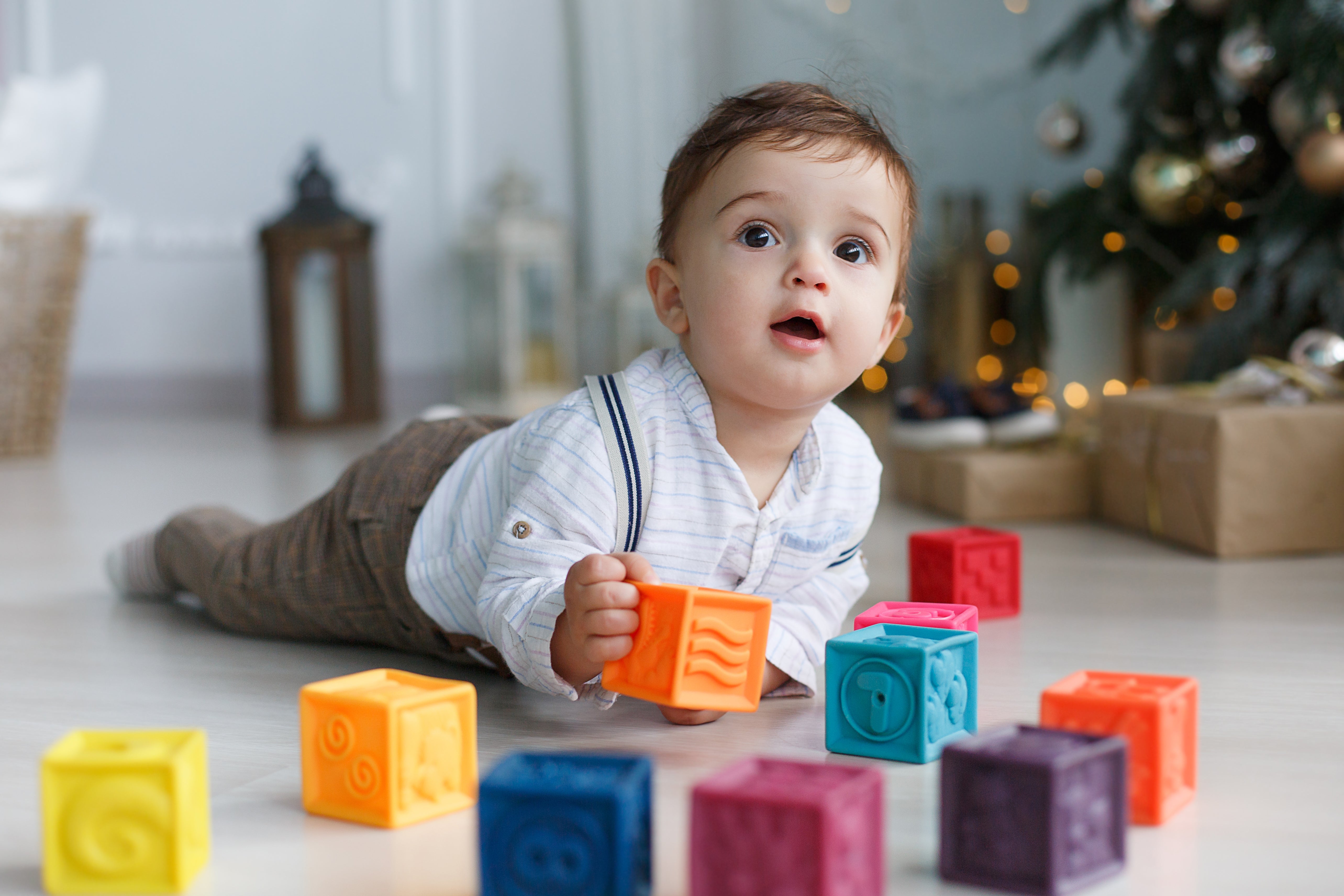During the monsoon season, it is crucial to make necessary changes to a baby's wardrobe to ensure their comfort and well-being. The shift in weather brings increased humidity, frequent rainfall, and cooler temperatures, which can significantly impact a baby's delicate skin and overall health. Updating their wardrobe becomes essential to protect them from potential risks.
The fluctuating weather conditions of increased humidity, frequent rain showers, and cooler temperatures necessitate specific types of baby clothes for the rainy season that provide both protection and comfort. Here are some of the best types of clothes to keep your baby comfortable during the monsoon season.

1.Breathable Fabrics: Choosing clothing made from breathable fabrics is crucial. Natural materials like cotton and linen allow proper air circulation, keeping your baby cool and preventing excessive sweating, which can lead to skin irritations and rashes. These fabrics also absorb moisture effectively, helping to keep your baby dry during humid conditions.
2.Lightweight Clothing: Opt for lightweight clothing that is not too heavy or bulky. Light fabrics allow ease of movement and prevent your baby from feeling weighed down or uncomfortable. Consider loose-fitting tops, dresses, or rompers made from thin materials that provide breathability and freedom of movement.
3.Waterproof or Water-Resistant Sliders: Invest in waterproof or water-resistant footwear items to protect your baby from getting wet during unexpected rain showers. Look for anti-slip sliders, rain boots, and umbrellas designed specifically for infants and toddlers. A lot of such baby rainwear varieties are available online. These items will keep your baby dry and prevent discomfort caused by dampness.
4.Layering: Adjusting the layering technique is crucial during the monsoon season. Layering allows you to adapt your baby's clothing to changing weather conditions. Starting with a lightweight base layer, such as a cotton onesie or a comfortable innerwear set, is always a good idea. Over this, add a thin, long-sleeved top or a light jacket to provide warmth during cooler temperatures. This way, you can easily remove or add layers as needed to keep your baby comfortable throughout the day.
5.Full-Sleeved Clothing: Long-sleeved garments offer added protection for your baby's arms from rainwater, mosquitoes, and other insects that may be prevalent during the monsoon season. Opt for tops, shirts, or dresses with full sleeves made from lightweight fabrics. These will provide coverage while still allowing airflow and breathability.
6.Pants and Leggings: Choose pants, leggings, or lightweight trousers made from breathable fabrics for your baby's lower body. Avoid heavy denim or thick materials that may make them uncomfortable or restrict their movement. Opt for quick-drying materials that won't stay wet for long if they do get damp in the rain.
7.Soft Socks and Booties: Keep your baby's feet protected and comfortable with soft socks or booties made from breathable materials. Look for options that fit well and have non-slip soles to ensure stability while walking or crawling. Waterproof booties are also a great option to keep their feet dry during rain showers.
8.Hats and Caps: Remember to protect your baby's head from rain and sun. Choose hats or caps made from lightweight and quick-drying materials that provide shade and shield them from raindrops. Check out Baby Moo’s Cartoon Face Caps made from 100% cotton, which is both cute and practical. We have other options with adjustable straps or chin ties to ensure a secure fit.
9.Comfortable Sleepwear: Opt for lightweight and breathable sleepwear made from soft fabrics like cotton for nighttime comfort. Baby Moo has a comfy collection of Muslin Shirt and Pyjama Nightsuits for peaceful sleep during the rains. Consider onesies or sleep sacks that provide warmth without causing overheating. Ensure the sleepwear is the right size and fit to allow for natural movement during sleep.
10.Avoid Overdressing: While keeping your baby protected is essential, it's equally important not to overdress them. Overdressing can lead to excessive sweating and discomfort. Pay attention to their cues and monitor their body temperature regularly. If you notice your baby is too warm, remove a layer or adjust their clothing accordingly.
Remember, each baby is unique, and their comfort level may vary. Observe your baby's response to different types of clothing and adjust accordingly. Prioritize their comfort and well-being while choosing clothes that provide adequate protection from the elements. By selecting the right garments, you can help ensure that your baby stays comfortable and happy during the monsoon season.


